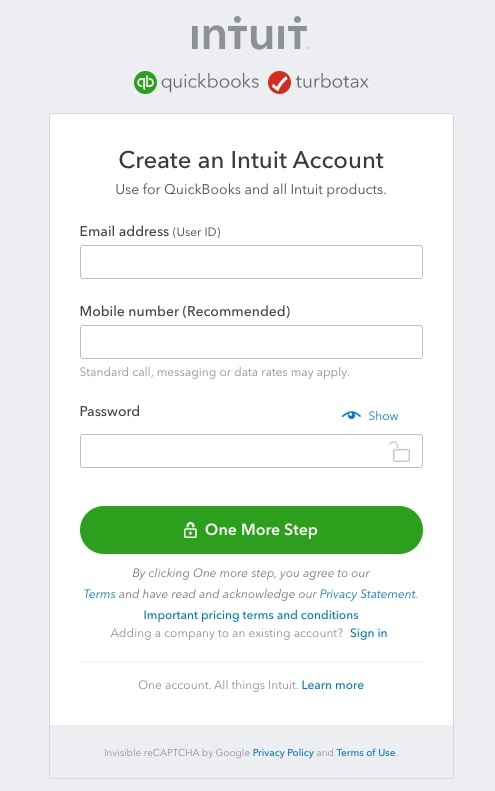- UK QuickBooks Community
- :
- QuickBooks Q & A
- :
- Other Questions
- :
- Tax return for PAYE with additional self employed income.
- Mark Topic as New
- Mark Topic as Read
- Float this Topic for Current User
- Bookmark
- Subscribe
- Printer Friendly Page
- Mark as New
- Bookmark
- Subscribe
- Highlight
- Report Inappropriate Content
Tax return for PAYE with additional self employed income.
I work a full-time job and earn approx £47K, so I am close to the higher rate of tax threshold. All my personal allowance is with my PAYE full-time job.
I am about to start working self-employed (in addition to my full-time job).
I understand that I will pay tax to HMRC on my self-employed income in arrears. I am assuming that my self-assessment tax return will add up my total income and tax payments in the previous year (PAYE and Self employed) and tell me how much extra I need to pay.
I have two concerns.
1. I need to know how much I owe at any point in time so I can ensure I have put enough away to cover my current tax liabilities, BUT not starve my business of valuable cash flow (by being over cautions).
2. the transition across the lower and higher tax bands, this is going to be hard to work out my-self. I was hoping Quickbooks self-employed could help me with this.
The more I read in the forums, it seems that Quickbooks will not be able to help me with either of these two issues, although they seem to be the most basic accounting requirements of a self-employed person.
Am I missing something?????
Labels:
0 Cheers
1 REPLY 1
- Mark as New
- Bookmark
- Subscribe
- Highlight
- Report Inappropriate Content
Tax return for PAYE with additional self employed income.
Hello there, @SJC Trading.
You'd want to make sure that your full-time job earnings are recorded in the Tax Profile in your QuickBooks Self-Employed account. This way, we will make sure that your taxes are calculated accurately. I can guide you on how to do it.
- Go to the Gear icon.
- Choose the Tax Profile.
- From the Estimated employment income field, enter your estimated total income between April 2020- April 2021.
- You can use the information from your last year's P60 report as a basis.
- Enter the rest of the information to complete the Tax Profile.
- Click Save.
Once completed, you'd also want to make sure that your business income, spending, and allowable expense are recorded tracked in QuickBooks. Lastly, make sure to categorize your allowable expenses for self-employment properly. This is the basis for the automatic calculation of your self-employment tax obligation. You can see it on your Self-Assessment Summary page.
I've added these articles to help you manage your self-employed taxes:
- Year-end Taxes
- Three tax calculations to help you at tax time
- QuickBooks Self-Employed UK Tax Profile Set Up
Get back to us here if you have other questions on how you can maximise your business-related transactions in QuickBooks Self-Employed. I'm always here to help.
0 Cheers
Featured

Ready to get started with QuickBooks Online? This walkthrough guides you
th...

